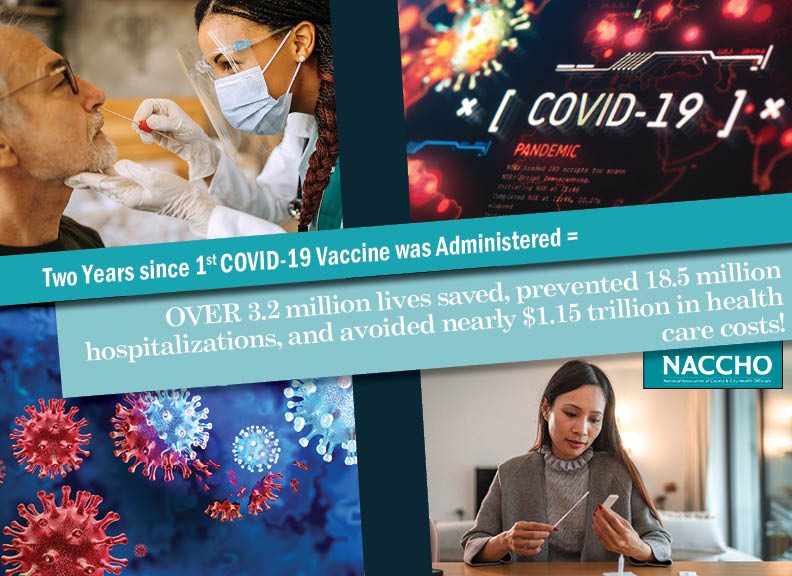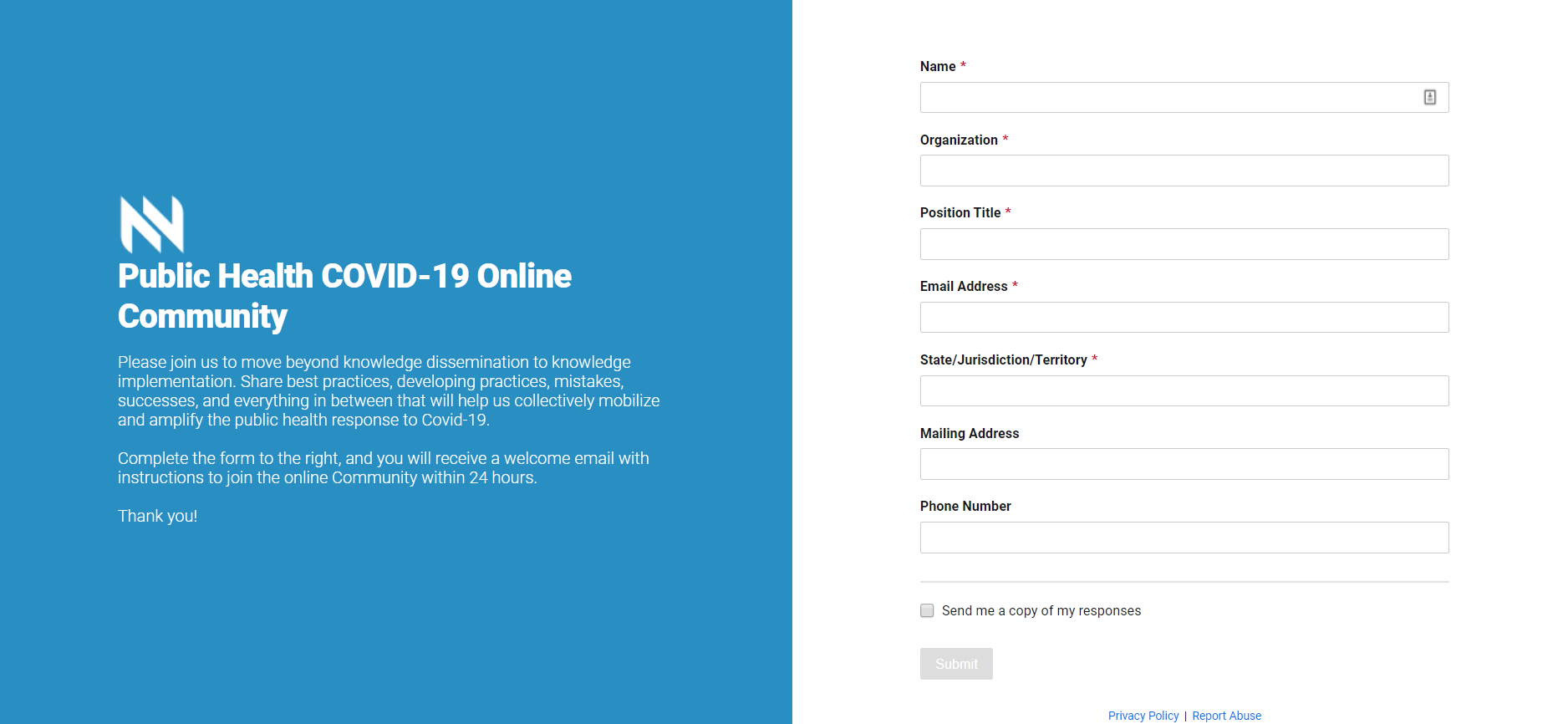Popular Categories
Webinar Recording: Communication Partnerships for Public Health Emergencies
In an emergency, how do you share potentially life-saving information with those people who are hardest to reach? The answer—sometimes...
Feb 19, 2020 | Kim Rodgers
Webinar
FEMA Webinars to Highlight Updates to HSEEP Doctrine
FEMA has released an updated 2020 Homeland Security Exercise and Evaluation Program (HSEEP) Doctrine. To see what’s new with...
Feb 18, 2020 | Kim Rodgers
Tools & Resources, Emergency Response, Hazards & Health Effects, Training
Updated Community Emergency Response Team Basic Training
The Community Emergency Response Team (CERT) program educates volunteers about disaster preparedness for the hazards that may impact...
Feb 18, 2020 | Kim Rodgers
Emergency Response, Research & Reports
2020 Ready or Not Report: Protecting the Public’s Health
Ready or Not: Protecting the Public’s Health from Diseases, Disasters and Bioterrorism is an annual report measuring states’ level of...
Feb 18, 2020 | Kim Rodgers
Tools & Resources, Opioid Overdose Epidemic
New CLOUD Library Offers Curated Opioid Use Resources
State policymakers and other decision makers often struggle to make sense of an overwhelming amount of data about approaches to opioid...
Jan 22, 2020 | Kim Rodgers
Funding Opportunity: Neonatal Abstinence Syndrome Surveillance
The Council for State and Territorial Epidemiologists (CSTE) funding opportunity for Neonatal Abstinence Syndrome (NAS) surveillance....
Dec 02, 2019 | Kim Rodgers
Tools & Resources, Webinar, Communications & Public Relations, Emergency ResponseWebinar Recording: Communication Partnerships for Public Health EmergenciesIn an emergency, how do you share potentially life-saving information with those people who are hardest to reach? The answer—sometimes the only answer—is by working with partners who can reach those hard-to-reach populations. CDC’s Emergency Partners Information Connection hosted a webinar on January 29 at 1 p.m. ET on communication partnerships for public health emergencies. […] Feb 19, 2020 | Kim Rodgers |
WebinarFEMA Webinars to Highlight Updates to HSEEP DoctrineFEMA has released an updated 2020 Homeland Security Exercise and Evaluation Program (HSEEP) Doctrine. To see what’s new with this update, view this one-pager. FEMA’s National Exercise Division will be holding webinars to provide information and highlights to the changes at the below times. Additional dates and times will be added, so be sure to […] Feb 18, 2020 | Kim Rodgers |
Tools & Resources, Emergency Response, Hazards & Health Effects, TrainingUpdated Community Emergency Response Team Basic TrainingThe Community Emergency Response Team (CERT) program educates volunteers about disaster preparedness for the hazards that may impact their area and provides trainings in basic disaster response skills. The updated CERT Basic Training is now available! It features a revised Disaster Medical Operations section, updated Terrorism and CERT section, and new hazard-specific annexes. Feb 18, 2020 | Kim Rodgers |
Emergency Response, Research & Reports2020 Ready or Not Report: Protecting the Public’s HealthReady or Not: Protecting the Public’s Health from Diseases, Disasters and Bioterrorism is an annual report measuring states’ level of preparedness to protect the public’s health during an emergency. Based on 10 performance indicators and by tracking public health funding, the report ranks states’ level of preparedness into three performance tiers: high, middle and low. […] Feb 18, 2020 | Kim Rodgers |
Tools & Resources, Opioid Overdose EpidemicNew CLOUD Library Offers Curated Opioid Use ResourcesState policymakers and other decision makers often struggle to make sense of an overwhelming amount of data about approaches to opioid misuse prevention and treatment. As states await the settlement of pending lawsuits against opioid pharmaceutical companies and distributors, an understanding of the evidence becomes even more critical. In a new Milbank blog post, Allison […] Jan 22, 2020 | Kim Rodgers |
Funding Opportunity: Neonatal Abstinence Syndrome SurveillanceThe Council for State and Territorial Epidemiologists (CSTE) funding opportunity for Neonatal Abstinence Syndrome (NAS) surveillance. This funding opportunity will provide a mechanism for state, local, tribal, and territorial public health organizations or agencies with public health authority to conduct population health surveillance using the CSTE NAS Standardized Case Definition (Tier 1) while... Dec 02, 2019 | Kim Rodgers |

Subscribe Today
Sign Up for the E-mail Digests
Create an account or login to MyNACCHO and go to "My Subscriptions."
SUBSCRIBE NOW



